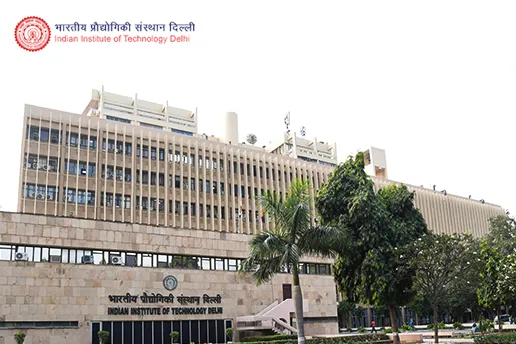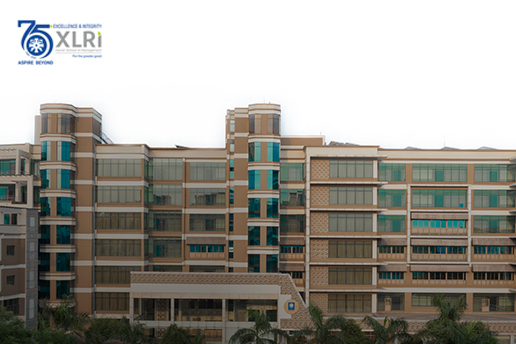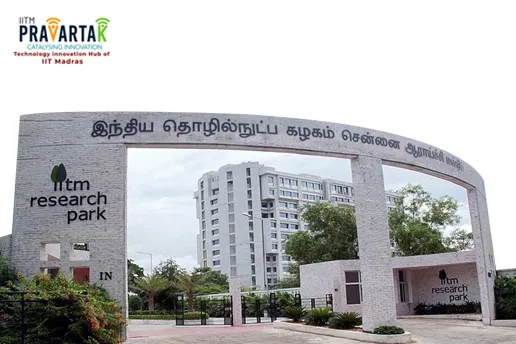Microeconomics and macroeconomics are two different branches of economics that focus on different aspects of the economy and corporate governance in India. Microeconomics is the study of individual markets and how they interact, while macroeconomics is the study of the economy as a whole and the factors that influence it.
The difference between microeconomics and macroeconomics lies in the scope of their studies. While macroeconomics examines the entire economy and its relationships with other economies, microeconomics concentrates on smaller economic entities like individual homes and businesses. While macroeconomics examines factors such as overall economic development, inflation, unemployment, and other macroeconomic indicators, microeconomics focuses on how demand and supply for specific commodities and services affect prices.
Microeconomics also focuses on the decision-making processes of individual economic agents, such as households and firms. At the same time, macroeconomics looks at the decision-making process of governments and their policies. Furthermore, microeconomics looks at how individuals allocate their resources and how this affects their welfare. In contrast, macroeconomics looks at how the overall economy is affected by the decisions of governments and their policies.
What is Microeconomics?
Microeconomics is a branch of economics that studies the behavior of individual consumers and businesses in making decisions on allocating limited resources. It focuses on how these individuals and businesses interact with one another in the marketplace and how prices and quantities of goods and services are determined. It also looks at the factors that influence supply and demand in the market, such as the availability of resources, the cost of production, and the availability of credit.
What are the Different Components of Microeconomics?
1. Demand and Supply:
This is the core of microeconomics—understanding how the interaction between buyers and sellers determines the price of a good or service.
2. Consumer Theory:
This looks at how individual consumers make decisions when choosing between different products.
3. Production and Cost Theory:
This examines how firms make decisions about how much and what to produce, and how costs are affected by production decisions.
4. Market Structures:
This looks at how different market structures (such as perfect competition, monopoly, and oligopoly) affect prices and output.
5. Resource Allocation:
This looks at how resources are allocated among different industries, sectors, and individuals.
6. Public Policy:
This looks at how government policies, such as tariffs and taxes, can impact the economy.
What is Macroeconomics?
Macroeconomics studies the behavior of the overall economy and the factors that influence it, including the economic policies of governments, international trade, and investment. It focuses on the growth and stability of the national economy and the inflation and unemployment rate. Macroeconomics looks at the economic aggregates such as total output, employment, spending, and investment. It also considers the influences of money, interest rates, and international trade.
What are the Different Components of Macroeconomics?
1. Inflation:
The rate at which the general level of prices for goods and services is rising, and, consequently, the purchasing power of currency is falling.
2. Interest Rates:
The rate at which banks and other financial institutions charge interest for loans.
3. Unemployment:
The number of people actively looking for a job but cannot find one.
4. Gross Domestic Product (GDP):
The total market value of all goods and services produced in a country during a certain period, usually one year.
5. Money Supply:
The total amount of money in circulation in an economy at any given time.
6. Government Spending:
Expenditures made by government entities to finance public goods and services.
7. Trade Balance:
The difference between a country’s total exports and total imports.
8. International Trade:
The exchange of goods and services between countries.
9. Fiscal Policy:
The use of taxation and government spending to influence macroeconomic conditions.
10. Monetary Policy:
The regulation of the money supply and interest rates.
How are Microeconomics and Macroeconomics Interdependent on Each Other?
Microeconomics and macroeconomics are interdependent on each other because they are both important to understanding the overall economy. Macroeconomics focuses on the big picture, such as overall economic growth, inflation, unemployment, and other large-scale economic indicators. Microeconomics, on the other hand, looks at how individual households, firms, and industries interact and how those interactions affect the overall economy. While macroeconomics provides an overall view of the economy, microeconomics helps to explain why certain economic decisions are made and how they affect individual households and businesses. Ultimately, both micro and macroeconomics must be considered to understand and manage the economy as a whole.
The Professional Certificate Programme in Advanced Management from IIM Kozhikode online course is designed to equip professionals with the knowledge and skills necessary to become effective leaders in their respective fields. This programme provides an in-depth look at business management and leadership aspects, including financial management, strategic planning, and organizational development. The programme is also designed to help professionals build strong networks with other business leaders and to develop their career paths.
The Advanced Management Programme from IIM Kozhikode courses is beneficial for professionals who are looking to gain the skills necessary to pursue higher-level positions in their respective fields. This programme will help professionals gain the knowledge and skills necessary to excel in their respective roles. This programme also provides networking opportunities that can help professionals build relationships with other leaders in the business world.
Conclusion:
Microeconomics focuses on the individual factors that affect economic decisions, such as supply and demand, while macroeconomics examines the overall economy and factors such as economic growth, inflation, and unemployment. Microeconomics looks at how individuals and businesses make decisions, while macroeconomics focuses on the larger economic picture. By understanding both micro and macroeconomics, individuals can better understand how the overall economy works and how their decisions fit into the larger picture.






